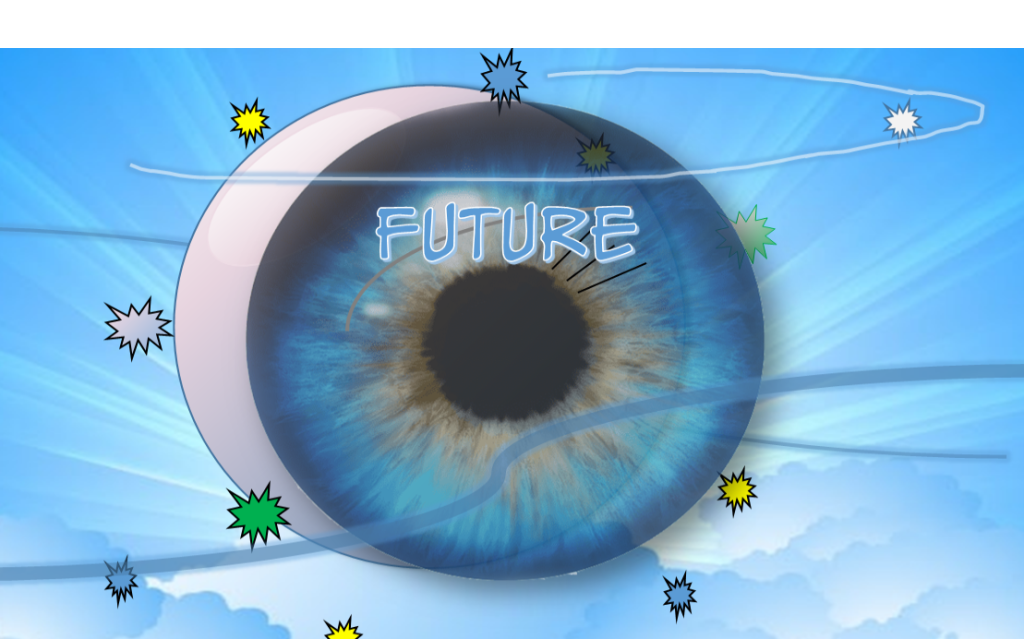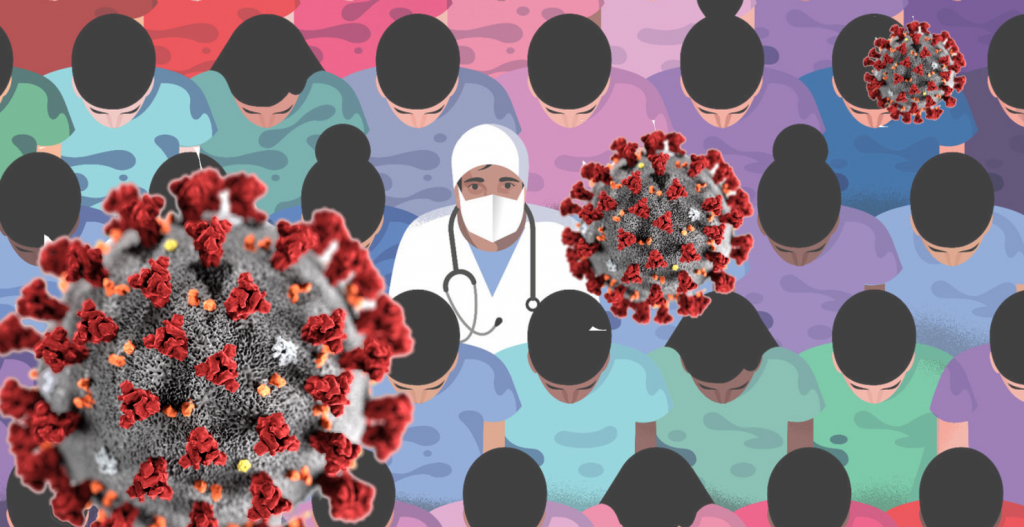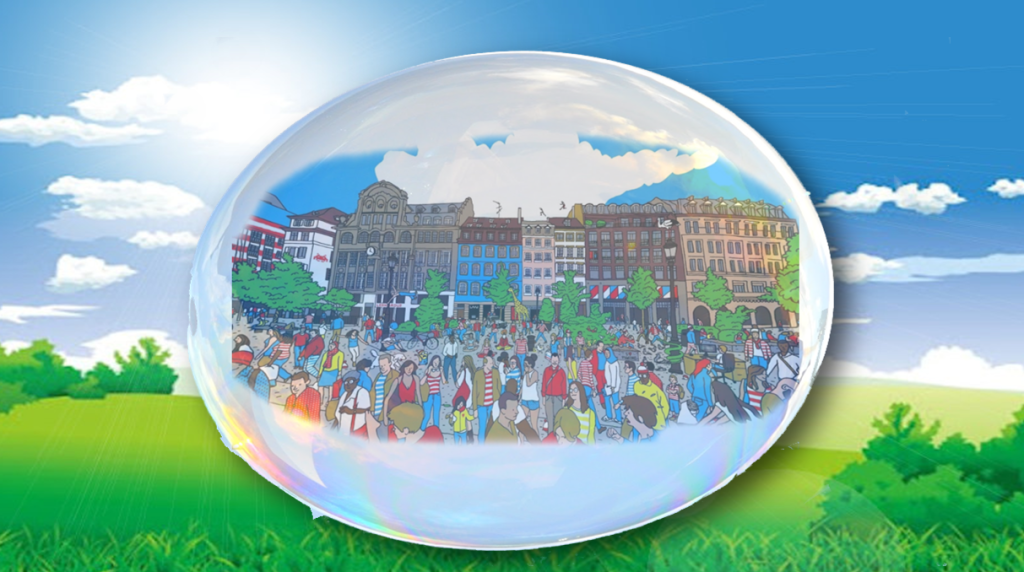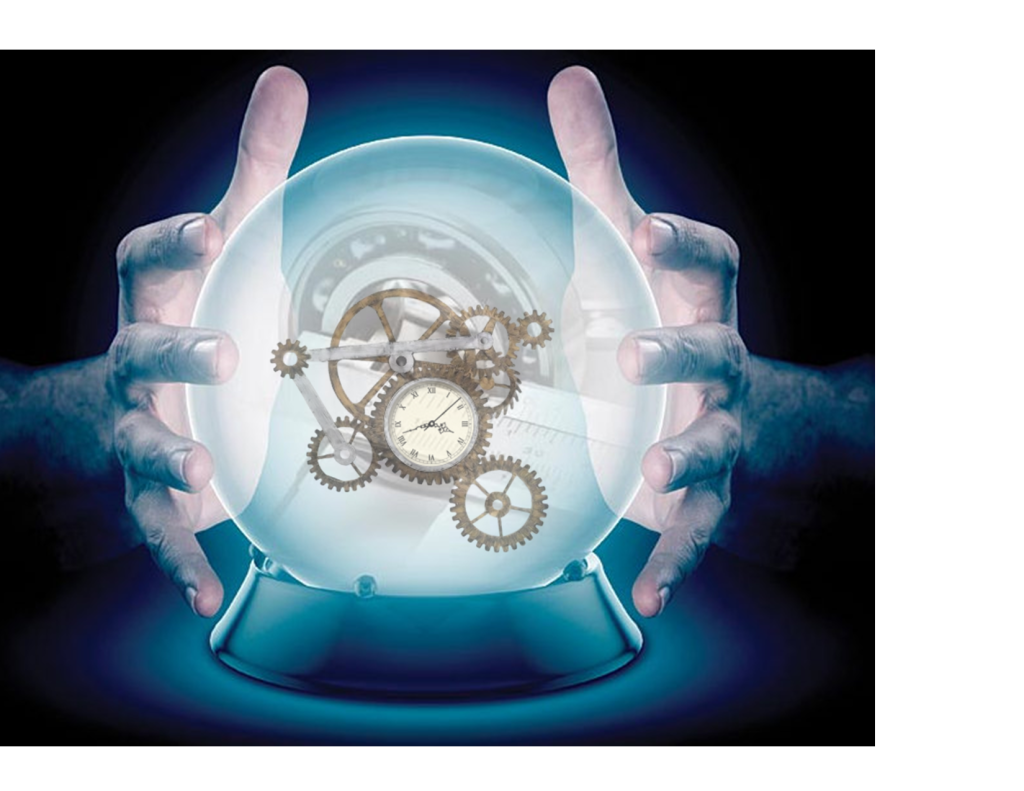The Pandemic’s Industrial Revolution – Predictions for our New World

Things have changed. This past year made it plain that we live in a transformed world where climate change and Pandemics will be part of our lives for the foreseeable future. The paradigm shift in the way we think about where and how we work is only one example of the changes.
We have discovered that Access control, IP camera systems, intercoms, and IP paging systems are essential technologies that can make a difference in our changing world.
This article discusses what new technology will be important in the future.
Covid19 Will Be Around for Many Years
According to the Center for Disease Control and Prevention (CDC), as of November 19th, 2021, there have been 47,352,367 cases of Covid19. 764,473 people, or about 2% of the people who caught Covid19, died from the disease. Unfortunately, those who don’t die have a high likelihood of extended symptoms. According to the Penn State College of Medicine research team, about 50% of all cases will experience post-COVID symptoms — more commonly known as “long COVID” — up to six months after recovering.
History describes the benefits of Vaccines that have mitigated many known diseases, such as Chickenpox, Cholera, Measles, Polio, and Smallpox.

Smallpox holds a unique place in human health and medicine. It was one of the deadliest diseases known to humans. Smallpox is also the only human disease to have been eradicated by Vaccination.
About 30% of smallpox cases ended in death, typically in the second week of infection. Most survivors had some degree of permanent scarring, which could be extensive. Successful use of the smallpox vaccine led to the gradual reduction of smallpox cases.
Resistance to Vaccination Continues to be a Problem. Just like today’s resistance to the Covid19 Vaccination, there was resistance to the Smallpox vaccinations. It took a supreme court ruling (Jacobson v. Mass. 1905) to make Vaccination mandatory. The last US wild smallpox case occurred in 1949. It took about ten years for the rest of the world to eradicate the disease. After intensive inoculation campaigns in the 1960s and 1970s, the last case of wild smallpox in the world occurred in 1977.
Vaccination programs take many years. Looking at the history of pandemics, it is apparent that the Covid19 virus will continue to be a problem for many years. Previous pandemics took several years to be resolved. The continued mutation of the Covid19 virus will continue to challenge scientists around the world. New variants such as Omicron will make it difficult to eradicate this disease.
This upheaval is causing societal and technological changes. The use of body temperature detection systems will continue to be used to screen people at the door.
Changes in the Way We Work
The Industrial Revolution changed the way we work and live. Between 1780 and 1840, a labor transition embraced going from hand production methods to machines. It was enabled by the increased use of steam power and water power and motivated by the desire for better living conditions. People moved from the farms to the cities and found work in the new industries.
Will we see another Industrial Revolution? We think the Revolution is already here.
New Technology Has Changed the Way we Work
In the last ten years, there has been an increased use of automation that has displaced workers. According to a report from the Brookings Institution, 25% of jobs are now at risk of being replaced by automation, with production, food service, and transportation facing the most significant estimated risk from the robot revolution.
As an example, the Bloomberg Business Week article Cars? Jobs? Maybe, describes the impact of electric vehicles on the auto industry. “The industry is undergoing the biggest shift in technology since the invention of the car itself.”
Virtual Meetings Become the New Norm
Imagine the challenge we would have faced if we didn’t have the Internet and computers. The pandemic disrupted many occupations, but some businesses continued without interruption. Many information-based jobs were able to continue without going to the office. Zoom meetings became the new norm. We could make sales calls, coordinate work activities, and continue the essential work conversations that would have been impossible without the technology.
Flexible hours and work-at-home schedules have dramatically changed the need for office space. Employees can now share desks and work areas. See the article, The Future of Office Space. The commercial real estate market has been impacted as companies realized that they don’t need as much office space.
IP Intercom Systems are Important
Intercoms will continue to be essential for controlling visitors in less populated office buildings. IP camera systems will continue to be necessary for monitoring empty offices.
Access Control of Your Bubble

Closed communities are becoming the standard for all generations. The Baby Boomers were the first to transition to age-oriented communities, but now every generation recognizes the safety of protected, safe environments.
Closed neighborhoods that include living and working spaces will grow in importance and become more critical as bubbles of safety for everyone. These bubble communities are gated, and access control systems have been used to maintain security and isolation. Temperature scanning of visitors has been an essential part of health control.
Door Access Control and IP Camera Systems are Helpful
Door access control, intercoms, and IP Cameras have become an essential part of maintaining the bubble. The access control systems ensure that only the people who live in the community can enter. The intercoms and IP cameras control the visitors who attempt to enter, while the temperature monitoring panels scan for a person’s elevated temperature. As the pandemic drags on, this type of living will become vital to all Generations.
Our Prediction for the Future
Looking at our crystal ball, we predict some future technology:
- Better protective masks that are easier to use
- Communities that combine work and living spaces to create safety bubbles
- Integrated intercoms, IP camera systems, and access control systems will be essential for safety.
- Temperature Monitoring Access Control will continue to be necessary.
- New intercom systems and visitor management systems with people tracking will help to control the spread of disease.
- New cures for viruses
- New and more effective vaccines

The New Industrial Revolution Summary
The pandemic and climate change have created changes in our society. Virus changes called “antigenic drift” are small changes (or mutations) in the genes of viruses that can lead to changes in the virus’s surface proteins. This means that the pandemic will be with us for the foreseeable future. We expect to see a new industrial revolution caused by these changes. It will affect where we live and work. To help us deal with the changes, we will continue to use current security technology and develop new technology to help us deal with the Revolution.
If you can think of more technology that results from the challenge of pandemics and climate changes, please let me know.
To learn more about all the new security technology available, please contact us at 800-431-1658 in the USA or 914-944-3425 everywhere else, or use our contact form.